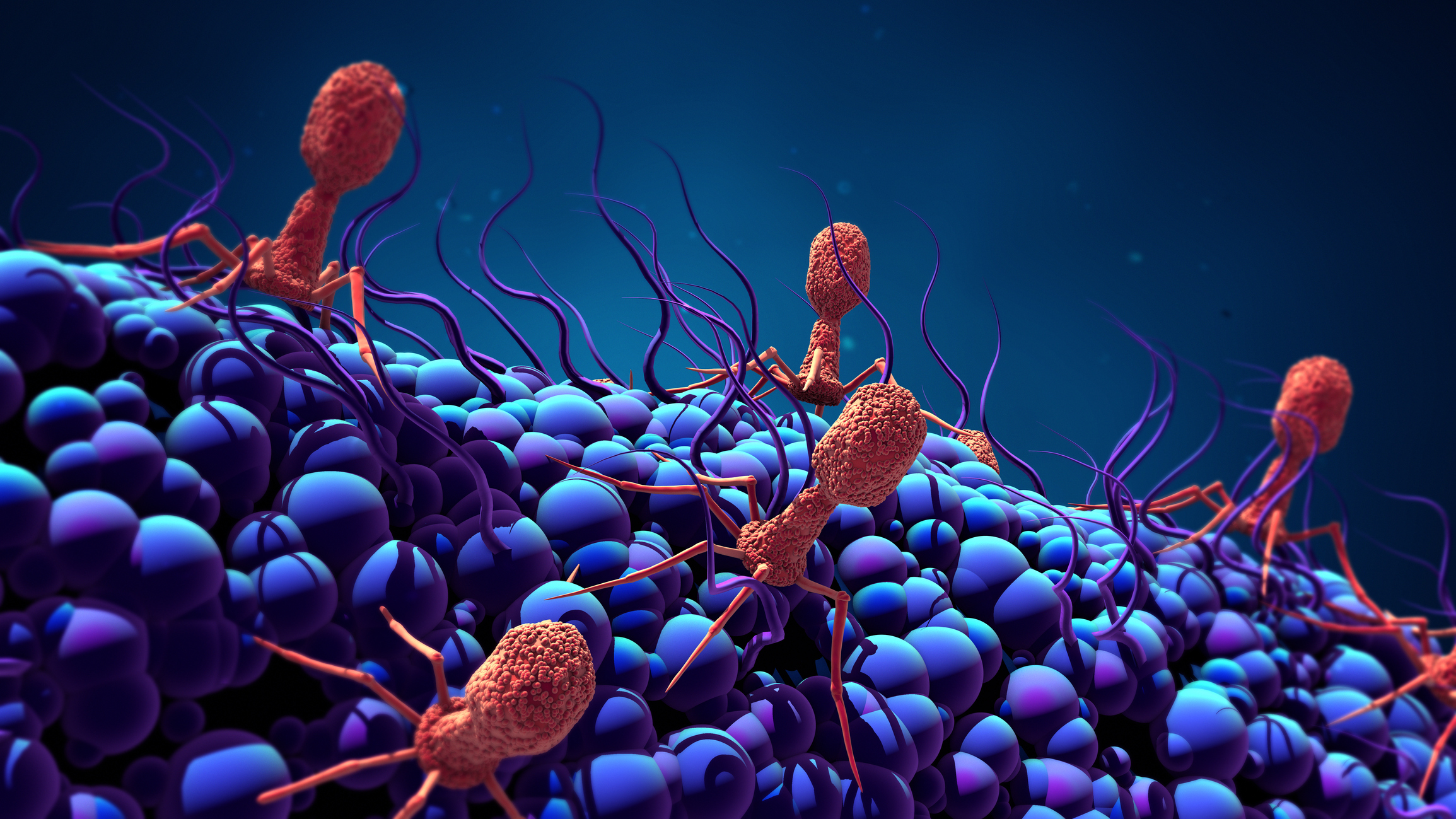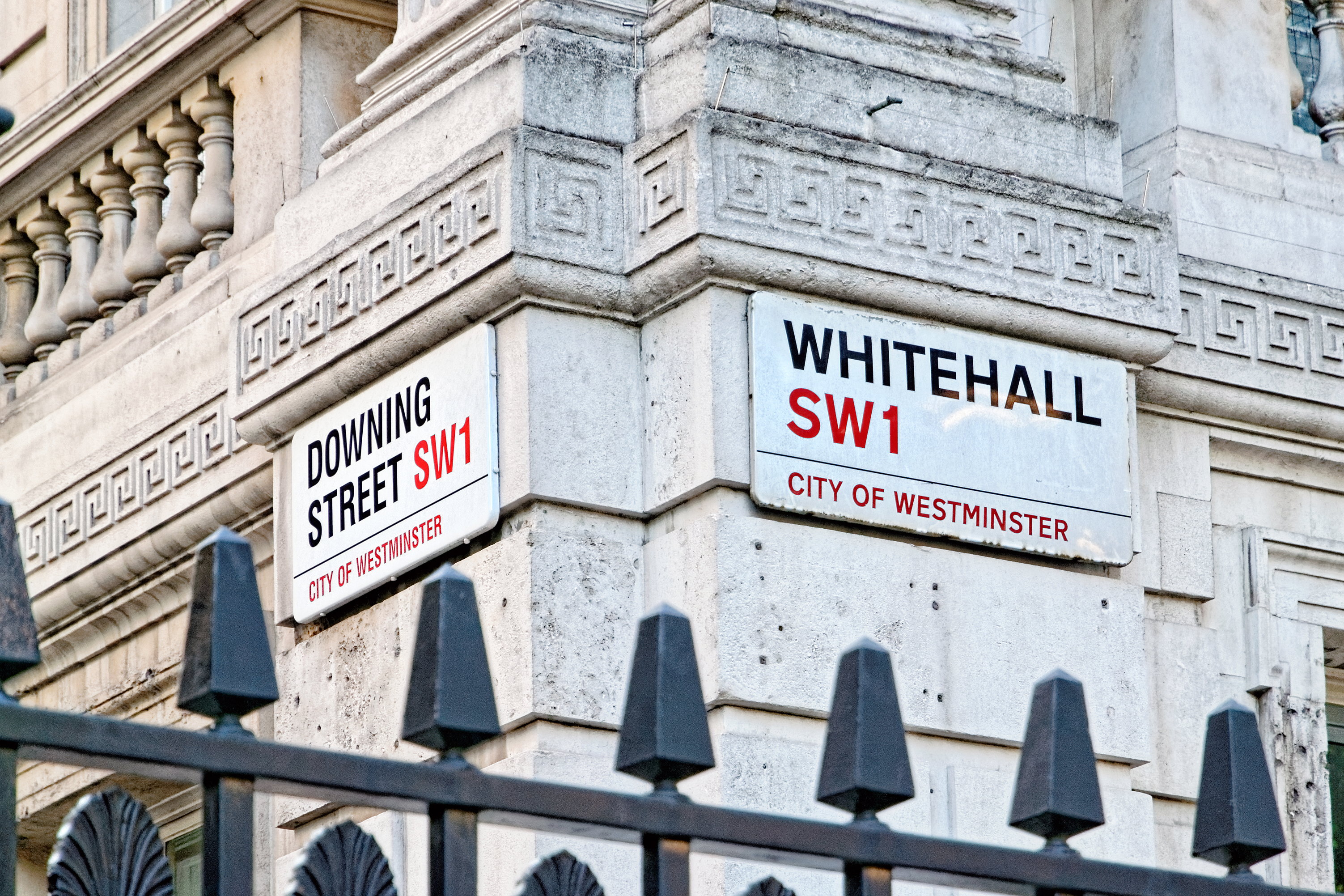Overview
Sinn Féin is a left-wing Irish Republican Party. In English, its name is translated as ‘(We) Ourselves’. It is the only political party that is active both in the Republic of Ireland and in Northern Ireland.
It is the largest Irish nationalist party in Northern Ireland.
Electoral Representation
In the 2022 Northern Ireland Assembly elections at Stormont, Sinn Féin became the largest party in Northern Ireland. It polled 29% of the vote and won the largest number of seats in the Assembly, winning 27 out of the total of 90 seats.
In the 2019 General Election, Sinn Féin received 22.8% of the Northern Irish vote, winning seven of Northern Ireland’s 18 seats. Sinn Féin MPs refuse to take up their seats as they would have to swear an oath of allegiance to the Queen to do so
The Party has a further 105 councillors across Northern Ireland.
South of the Border, in the Republic of Ireland, support for Sinn Féin amongst Irish voters has been growing considerably in recent years. Sinn Féin won 24.5% share of the vote in the 2020 Dáil Éireann election in Ireland.
Historically Sinn Fein has sat in government in the Northern Ireland Executive. Traditionally the second largest party, through Martin McGuiness and then Michelle O’Neill , the party traditionally occupied the post of Northern Ireland’s Deputy First Minister.
With Sinn Fein becoming the largest party in Northern Ireland, it is now entitled to hold the position of First Minister in the Northern Ireland Assembly.

Sinn Fein’s Michelle O’Neill is the party leader in Northern Ireland.
Recent History of Sinn Fein
In the 1970s, Sinn Fein was divided over the issue of parliamentary abstentionism: with one wing of the party pushing any elected representatives to take up their elected seats (the anti-abstentionists), and another wing strongly opposing this.
The anti-abstentionists split to form ‘Official Sinn Féin’, later known as ‘Sinn Féin – The Workers’ Party’ and then simply as ‘The Workers’ Party’. The breakaway ‘Workers Party’ failed to achieve the success of Sinn Fein itself.
In the late 1970s and early 1980s, Sinn Féin shifted from its military focus to becoming more politically active, winning over 100,000 votes in the 1983 General Election. Gerry Adams was first elected as the MP for Belfast West in 1983.

Gerry Adams was President of Sinn Fein for over 30 years.
In 1986, the party decided to end its policy of abstentionism in the Irish Dáil in Dublin.
When the Provisional IRA declared a ceasefire in 1994, Sinn Féin was initially allowed to join talks with the British government. However, the decommissioning of all IRA weapons was made a condition to the party’s ongoing inclusion in the talks, leading to an end in the initial ceasefire.
After the Labour Party was elected to government in 1997, peace talks restarted and a new ceasefire was announced. The multi-party talks with the British government led to the Good Friday Agreement, a permanent ceasefire, and a new devolved Northern Irish administration: the Northern Ireland Assembly.
Since the Northern Irish Assembly was established, Sinn Féin’s support has steadily grown in the devolved legislature. This resulted in the party becoming the largest party in the Northern Ireland Assembly in the 2022 Northern Ireland Assemby elections.
As mentioned above, in the last decade the Party has also a experienced a surge in its share of the vote, in the Republic of Ireland.
Origins of Sinn Féin
Sinn Féin was founded in 1905 by Arthur Griffith as a radical nationalist organisation. Its origins were non-republican, with Griffith’s main goal being that of achieving an Austria-Hungarian-style dual monarchy for Ireland. Sinn Féin was small and not particularly popular in its early years.
The 1916 Easter Rising changed Sinn Féin fortunes, with the rising discontentment with the Westminster government translating into votes for the Party.
The post-1916 ‘New Sinn Féin’ was different to Griffith’s original organisation and had shifted to arguing for a separate Irish Republic. It was also in this period that Sinn Féin allied itself to the Irish Republican Army (IRA).
In January 1919, newly elected Sinn Féin MPs declared a sovereign Republic of Ireland. After ensuing disagreements over the 1921 Anglo-Irish Treaty, there was a split in Irish Republican movement, which later led to the founding of the separate Irish Party Fianna Fáil. Sinn Féin remained committed to what was commonly termed as the ‘armed struggle’.
Sinn Féin Beliefs
Focusing on Irish nationalism, Sinn Féin’s current principal aim is Irish reunification. To achieve this, they intend to have a ‘border poll’, otherwise referred to as a referendum on Irish unity.
Sinn Féin’s stance on the Europe Unions has varied over the years. In 1972, it campaigned against the Republic of Ireland joining the European Economic Community. When the issue of Britain’s continued membership of the group was addressed in a 1975 referendum, Sinn Féin was opposed to Britain’s EEC membership.
In recent years, this attitude has softened into an acceptance of the EU, although the party has been wary of greater moves towards European political integration. Sinn Féin supported the Remain position in the 2016 Brexit referendum, citing economic concerns. Within the European Parliament, Sinn Féin is aligned with the European United Left – Nordic Green Left group.
Sinn Féin’s manifesto argues for higher taxes for wealthy individuals and big corporations. It also seeks to increase investment in public services, particularly regarding housing, and supports a wider redistribution of wealth.
Sinn Féin is pro-immigration and supports an easier process for refugees. The party supports the right to have an abortion in certain cases, such as sexual abuse or foetal abnormality, but has historically opposed the extension of abortion laws beyond such cases.
Sinn Féin Leadership
There is one overall Leader of Sinn Fein, which operates as a single organisation across the Republic of Ireland and Northern Ireland. The current Sinn Féin President is Mary Lou McDonald, elected in 2018. Before this, Gerry Adams had led the party for over 30 years.
Contacts
Website: https://www.sinnfein.ie/
Twitter: @sinnfeinireland










